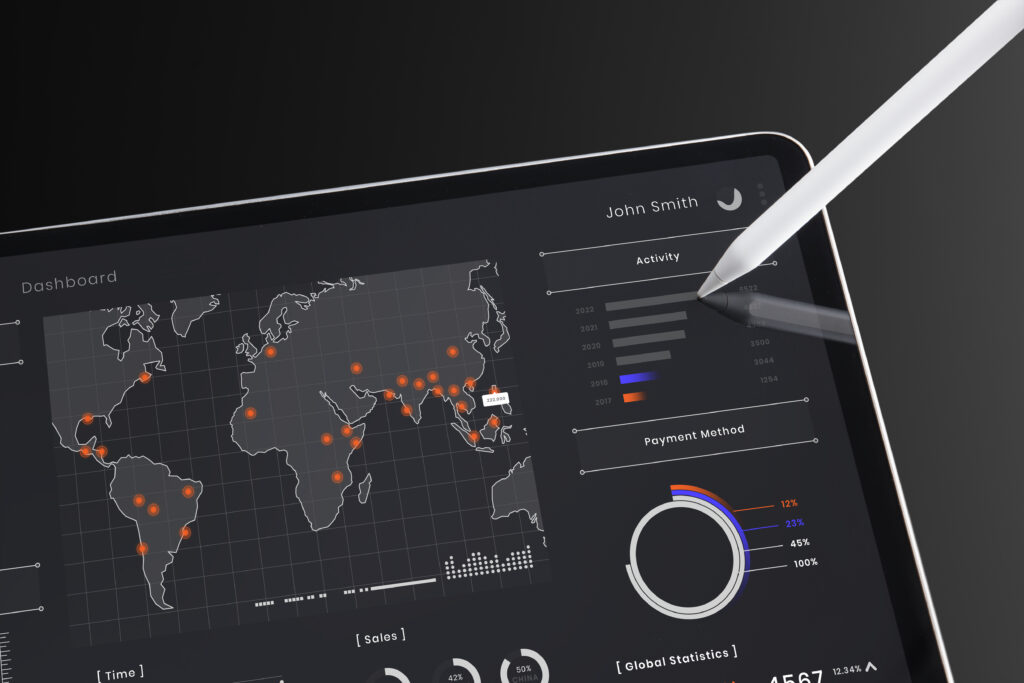Imagine walking into your office Monday morning, coffee in hand, only to find your entire system offline. No email, no access to files, no way to serve clients. For small businesses, that’s not just inconvenient—it’s a full stop. Every minute offline costs time, money, and trust. Downtime isn’t just a tech issue. It’s a business killer. Managed IT services prevent this by being proactive, strategic, and relentlessly focused on keeping everything running smoothly. It’s how managed IT keeps small businesses running without downtime, and why it’s quickly become mission-critical.
Why Downtime Hits Small Businesses Harder
When big companies experience IT outages, they rely on deep pockets, large teams, and built-in fail-safes to recover. Small businesses? Not so lucky.
- Tight margins mean downtime cuts deeper. Even an hour can ruin daily revenue targets.
- Fewer staff means less flexibility. One system failure might stall the entire operation.
- Customer expectations don’t adjust. Just because your network’s down doesn’t mean clients will wait.
Small to medium-sized businesses lose an average of $137 to $427 per minute of downtime. And that doesn’t account for lost reputation or customer churn.
When systems go dark, operations don’t just pause—they unravel. That’s exactly why managed IT exists: to keep the lights on and the business moving.
Proactive Monitoring: The First Line of Defense
Most major IT failures don’t come out of nowhere—they build slowly. A neglected update. A sluggish server. A hidden bug. Without real-time monitoring, these issues go unnoticed until they explode into full-blown outages.
Managed IT prevents that with around-the-clock monitoring tools that:
- Track system health in real-time
- Identify warning signs before failure occurs
- Automatically trigger alerts for unusual behavior
Imagine your server memory usage suddenly spikes at 2 a.m. A managed IT system catches it, flags the support team, and the issue is resolved by the time your staff arrives.
This type of monitoring isn’t passive—it’s active, intelligent, and fast. It’s not just watching the system. It’s maintaining performance and spotting threats before they cause damage.
Rapid Response Support That Actually Delivers
When something breaks, who do you call—and how fast do they fix it? Traditional IT often runs on the break-fix model: something breaks, you call, and you wait. Managed IT flips the script.
- Immediate remote access: Most problems are solved in minutes, not hours.
- Clear escalation paths: If it’s serious, the issue jumps straight to a senior technician.
- 24/7 availability: Problems don’t wait for business hours, and neither does support.
Let’s say your cloud file-sharing platform locks out your entire team at 9 a.m. With managed IT, support can remotely access the platform, diagnose the issue, and restore access quickly. No scrambling. No chaos.
This responsiveness is more than convenience—it’s protection for your workflow, your deadlines, and your team’s sanity.
Built-In Redundancy and Backup Systems
Managed IT isn’t about avoiding all failure—it’s about limiting the fallout. Systems will crash. Hardware will fail. But when you’re backed up and redundant, it doesn’t mean disaster.
- Cloud-based backups mean your data lives in multiple secure locations.
- Failover systems automatically take over if your primary system crashes.
- Recovery protocols are in place long before you ever need them.
For example, a small law firm’s main database failed during a Monday morning deposition prep. With nightly encrypted backups and real-time file syncing, their managed IT provider restored full access within 45 minutes—before clients even noticed.
Compare that to a DIY approach, where recovery might take days. Redundancy turns setbacks into minor blips rather than full-blown crises.
Security Measures That Minimize Risk
Most small business tech failures today start with one thing: a security lapse. A clicked phishing link. A weak password. A rogue download. Managed IT addresses this head-on with multi-layered protection.
- Next-gen antivirus and firewalls
- Multi-factor authentication (MFA)
- User access controls
- Regular security audits and phishing simulations
It’s not about locking things down so tight no one can work—it’s about making the safe path the easiest path.
Take a real example: a local marketing agency’s intern clicked on what looked like a Google Doc link from a “client.” Within seconds, malware was moving through their email system. Their managed IT provider quarantined the affected machine, blocked the attack path, and restored operations—all before any data was compromised.
It’s not “if” you’re targeted. It’s “when.” Managed IT helps make sure that “when” doesn’t turn into “what now?”
Preventive Maintenance That Keeps Systems Healthy
Waiting for something to break before fixing it is outdated. Preventive maintenance is where managed IT quietly shines.
- Software updates and patches are handled outside of peak hours.
- Hardware health is monitored continuously—fans, memory, and drive integrity.
- Legacy systems are identified and replaced before they become a bottleneck.
An example? A financial services office had been running outdated VoIP phones that caused intermittent call drops. Their managed IT team noticed packet loss in call logs and upgraded the hardware over a weekend. The staff came in on Monday, made calls as usual, and never knew there was a problem.
That’s the magic of preventive work—issues get handled before they’re even noticed.





